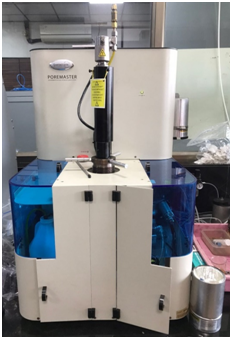Chemical and mineralogical analysis of archaeological potsherds excavated from Northern India’s Early HarappanKunal site (3800 - 2200 BCE) showed the proficiency of Harappan potters and the strength and stability of the products, according to a study based on an improved technique for such analysis.
Archaeologists and conservators have long been interested in the studies of ancient potteries; the most commonly discovered artifacts during excavation, and investigating into the firing temperature of the potsherds to establish the relationship among production technique, mineralogical changes, and changes in the microstructure. There have been many discussions on open firing versus kiln firing.
The present methods of estimation have limitations in estimating the size of the pores and their distribution in the potsherds – a crucial parameter in studying firing temperature, chemical and mineralogical composition.
Researchers from IIT Bombay used spectroscopic and microscopic techniques for the investigation of the samples. Fourier Transform Infrared (FT-IR) and X-ray diffraction (XRD) were used for the mineralogical composition. A combined study by FTIR, XRD, and Scanning Electron Microscope-Energy Dispersive spectroscopy was done to estimate the firing temperature of the pottery samples. The study, which established a new method of archeological estimation was published recently in the International Journal of Conservation Science. It helped identify the chemical composition of the potsherd, propose an estimated firing temperature and measure porosity and pore size distribution.
To characterize ancient potsherds and understand their strength and stability, mapping for chemical composition and estimation of firing temperature was carried out. Both low firing and high firing temperatures were estimated to ascertain the oxidizing and reducing conditions for firing based on mineralogical analysis and vibrational assignments. Mercury Intrusion Porosimetry procured through Department of Science and Technology- Fund for Improvement of S&T Infrastructure in Universities and Higher Educational Institutions (DST-FIST) Grant at the Environmental Geotechnology Laboratory, Department of Civil Engineering, IIT Bombay was used for the purpose. Fast quenching and ill firing were also noticed in one specimen. The analysis indicated that the Harappan potters were very proficient in pottery-making skills. The instrument has also been used for conducting basic studies to investigate durability of concrete, wetting- and drying- characteristics of soils and standard porous media (alumina discs), and their unsaturated hydraulic conductivity.

Mercury Intrusion Porosimetry (Poremaster) Supported by DST-FIST Grant
Publication link:






























